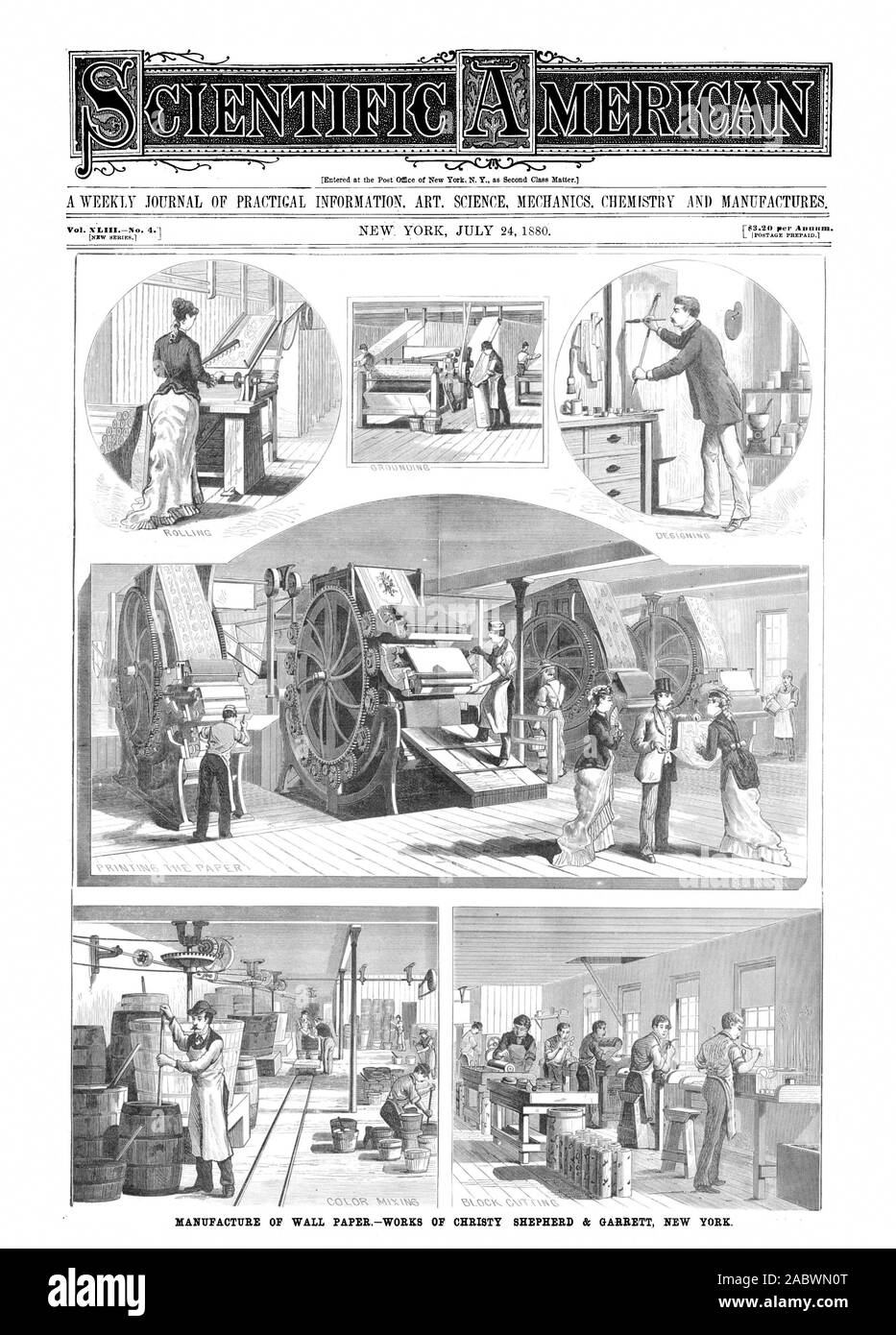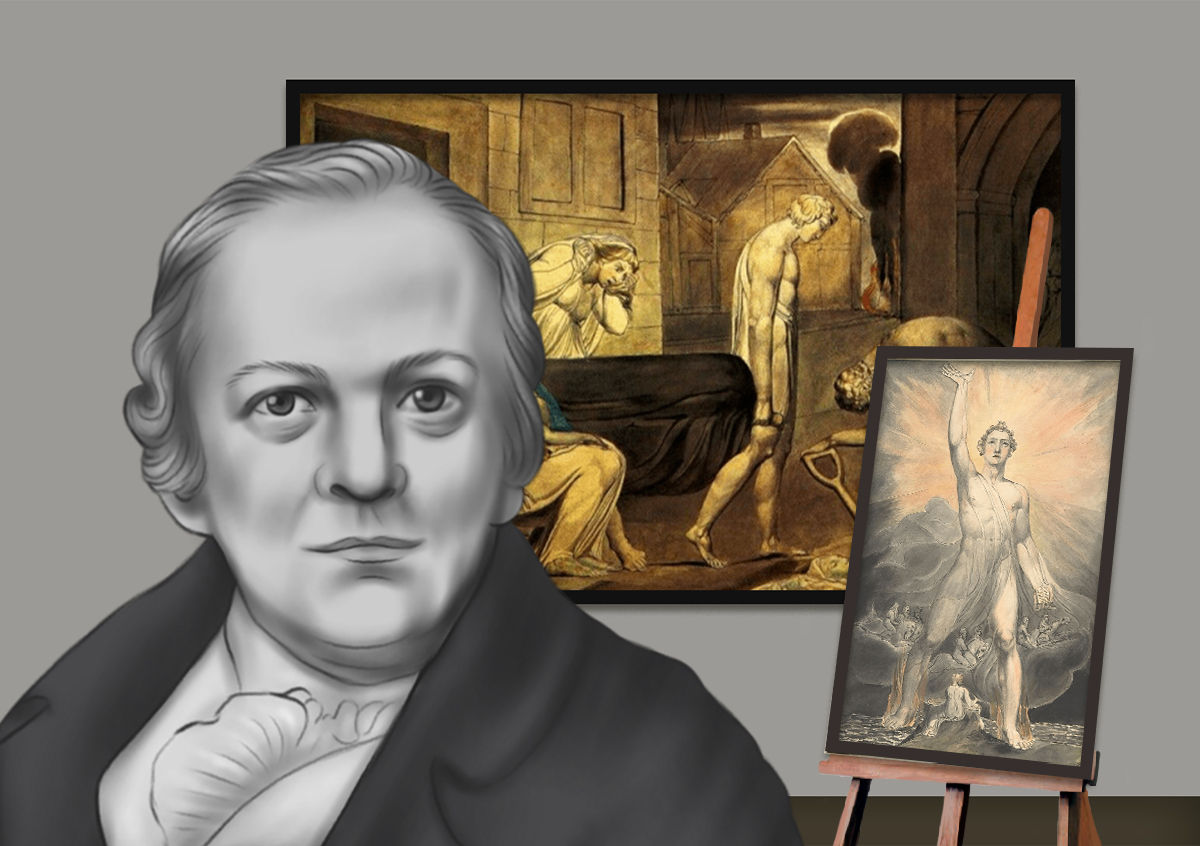
This tree produces a poison so toxic that “the country round it, to the distance of ten or twelve miles from the tree, is entirely barren.

Erasmus Darwin’s The Botanic Garden includes a note on the Boa Upas, a poisonous tree on the island of Java.

“ The Sick Rose,” by contrast, suggests that nature employs destructive processes that are at odds with human hope and optimism: “And his dark secret love / Does thy life destroy.” At his most cryptic, of course, Blake understands that “nature” is a category created by us, even as we are creatures bound up in its material reality: “Where man is not, nature is barren” (“The Marriage of Heaven and Hell”).īlake’s “Poison Tree,” for example, invokes an exotic species of plant to provide a metaphoric link between botanical poison and a psychological portrait of human destructiveness. The Four Zoas imagines an idealized future state in which the fallen aspects of human psychic integrity are reunited with themselves and with the rest of animate creation. “ The Book of Thel,” presents a cloud, lily, clod of clay, and worm that all accept their roles in a cycle of organic life and death in a way that Thel cannot. In “ Auguries of Innocence,” for example, he reveals the cost of human ignorance of those connections that unite all aspects of creation: “The wanton Boy that kills the Fly / Shall feel the Spider’s enmity”–“He who shall hurt the little Wren / Shall never be belov’d by Men.” In many of his songs and short lyrics, Blake suggests that it is only human beings who upset balances existing throughout the rest of the natural world. His birds’ tails and wings echo flower stalks and vines, while his mythic figures often connect the human form “divine” with the botanic or the bestial.īlake may have distrusted “nature” in visionary terms, but he celebrated its physical beauty, its sensuous details, and its crucial role in our awareness of our human place in the cosmos. As a result, his caterpillars and butterflies often have human faces, while his human figures sometimes sprout roots and branches. For Blake, to be in nature is to be always removed from the idealized world of visionary imagination, but that does not prevent him from suggesting an interconnectedness that links all living things. At the same time, Blake makes powerful use of natural imagery throughout his poems and artistic productions. He saw the natural world as a sign of our “fallen” condition, and his antimaterialism disdained all forms of embodied “spirit,” a category that includes at least humans and perhaps other aspects of “animate nature” as well.

On the one hand, Blake was hostile to “vegetable” nature in all its forms. William Blake is a particularly complex figure in terms of a romantic natural history.


 0 kommentar(er)
0 kommentar(er)
